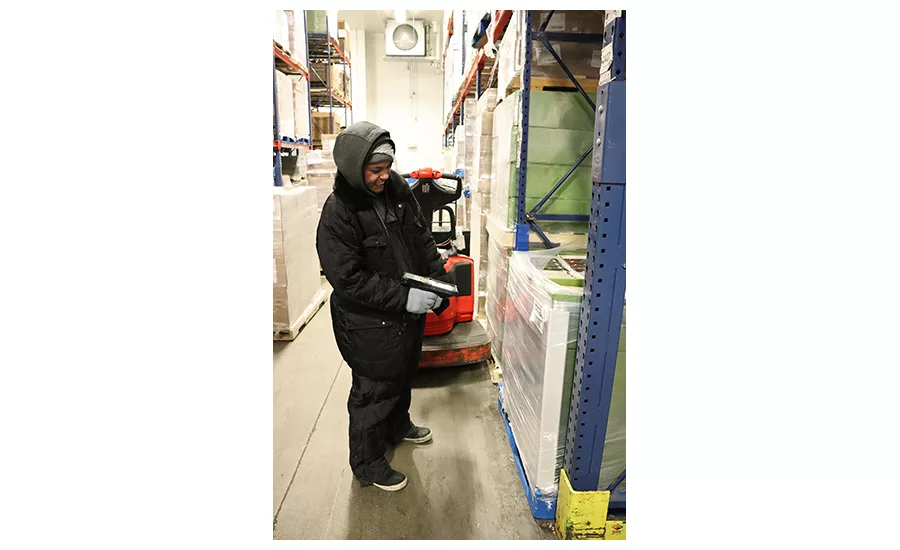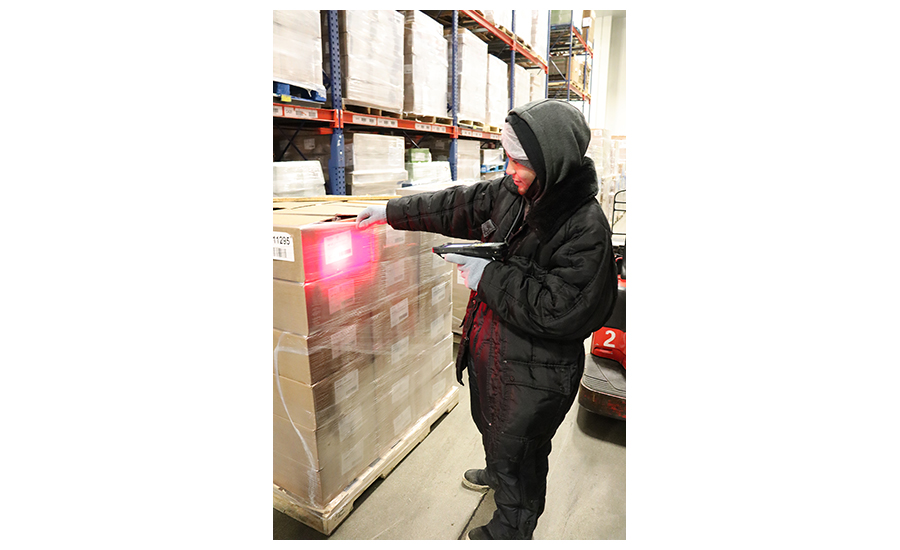Protein provider sees advantages with ERP solution
Ruprecht, a provider of fully cooked sous-vide protein products and raw meats, chose a software solution from SYSPRO USA to boost capabilities and save costs.

Ruprecht needed a flexible ERP to provide the structure required with a scalable platform that could quickly react to changes in the business. Photos courtesy of SYSPRO USA
It is common for food manufacturers to rely on a collection of spreadsheets and custom-built systems to handle finances, inventory, supply chain management and other critical functions. This makes it difficult to integrate new technologies into existing systems and create a single version of the truth.
Ruprecht, a provider of fully cooked sous-vide protein products and raw meats, is an example of the capabilities and cost savings food manufacturers can attain with a modern enterprise resource planning (ERP) purpose-built for their industry.
Founded in 1860, Ruprecht is a $200 million operation. When CFO Frank Patton arrived in 2018, the company was managing finances with QuickBooks and a homegrown ERP. It had a data warehouse and some business intelligence capabilities but lacked a backbone that would enable the company to build and digitally transform for the future. Essentially, the business was operating on a homegrown ERP package that evolved from pencil and paper, and it lacked key capabilities such as bill of materials, standard costing capabilities, production scheduling and the ability to track inventory on the shop floor. Their ERP could not be easily integrated with other systems, which was a key pain point for their operation.
Patton says they were seeing an increased demand for products in a changing industry with changing consumer sentiment. “The velocity by which we are asked to do business would have never been supported,” he says about their previous system.
To achieve its growth goals, Ruprecht needed an integrated digital foundation on which to build Industry 4.0 innovations.
Patton had previously overseen two giant, brand-name, one-size-fits-all ERP installations and did not want to do a third, so the company searched for a platform that was specific to its needs. A flexible ERP was needed to provide the structure required with a scalable platform that could quickly react to changes in the business.
Specifically, management wanted an ERP that would enable Ruprecht to fully understand its business and would support KPIs for corporate performance management (CPM) in a platform that supported that.
Patton deployed an ERP platform built for food manufacturing from SYSPRO, a software solutions company, and is now in the process of implementing a system to monitor the movement of raw material as it progresses through the facility to identify waste and improve efficiency.

Ruprecht also required a robust set of application programming interfaces (APIs) so it could be easily integrated with other systems. This enables the company to integrate with independent software vendor (ISV) partners or with other software or additional functionality—a key need for the organization.
The software solutions company also provided capabilities the manufacturer previously lacked, such as production scheduling, full inventory visibility and manufacturing standard costing. These capabilities alone have already saved the protein provider more than $1 million annually.
The additional data provided has enabled the manufacturer to ask critical questions about costing and pricing. For example, two of the primary choke points in production are thermal and cooking capacity. Ruprecht can now easily understand how much of this capacity each product consumes so it can be built into pricing for that product.
A food-focused ERP system understands these sorts of dynamics and changes the conversation with the customer. “It’s allowed us to understand our margins in a way that we weren’t able to before,” Patton says. “We’re able to now assign a more representative value of what that product takes to manufacturing and should and could command in the marketplace.”
“We expect the cost benefits...to realize improved operating expenditure of around $1.5 million to $2 million each year.“
— Frank Patton, CFO, Ruprecht
With its new software solution, Ruprecht went from closing the quarter in 15 days to doing so in just 4 days. They were also able to gather data to identify areas of opportunity, which resulted in a $1.5 million reduction in labor spend.
“We expect the cost benefits generated by the scheduling and labor modelling components alone to realize improved operating expenditure of around $1.5 million to $2 million each year,” Patton says.
Looking for a reprint of this article?
From high-res PDFs to custom plaques, order your copy today!






